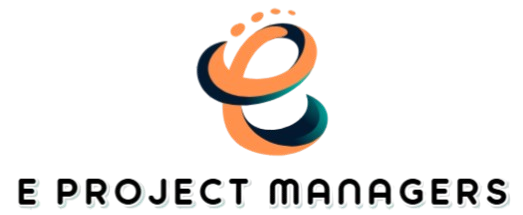In the ever-evolving landscape of advertising and brand promotion, the debate between digital and traditional marketing continues to be a focal point for businesses. This comprehensive exploration delves into the unique attributes of both digital and traditional marketing, their interplay, and how businesses can harness the strengths of each to create a robust marketing strategy.
Understanding Digital and Traditional Marketing
Digital marketing, a term that has become synonymous with modern business strategy, encompasses a range of online marketing activities including SEO, social media marketing, email campaigns, and content marketing. Its rise parallels the advent of the internet and the digital revolution, offering businesses unprecedented access to vast audiences across the globe.
Traditional marketing, on the other hand, refers to the more established methods of advertising such as television and radio ads, print media, billboards, and direct mail. Despite the digital surge, these traditional channels continue to hold significant value, offering tangible, often localized engagement with audiences.
The Strengths of Digital Marketing
Digital marketing’s primary strength lies in its ability to target and engage with specific demographics in real-time. Platforms like Google Ads and Facebook Ads provide businesses with tools to reach potential customers based on their online behavior, interests, and search patterns. This level of precision, combined with the vast reach of the internet, makes digital marketing an incredibly powerful tool for businesses of all sizes.
Another advantage of digital marketing is its measurability and adaptability. With tools and analytics, businesses can track the performance of their campaigns in real-time, allowing for quick adjustments and optimization. This data-driven approach ensures that resources are used efficiently, maximizing ROI.
The Enduring Relevance of Traditional Marketing
Despite the digital shift, traditional marketing maintains its relevance, particularly in building brand awareness and reaching local markets. For instance, television and radio ads continue to be effective in reaching a broad audience, making them ideal for campaigns aimed at building brand recognition.
Print media, such as newspapers and magazines, offer a level of tangibility and credibility that digital platforms can struggle to match. They are particularly effective in targeting older demographics who may not be as active online. Similarly, direct mail campaigns can provide a personal touch that digital ads cannot, resonating with audiences who appreciate physical correspondence.
Combining Digital and Traditional Marketing for Maximum Impact

The most effective marketing strategies often involve a blend of both digital and traditional methods. This integrated approach allows businesses to leverage the broad reach and targeting capabilities of digital marketing while also capitalizing on the personal touch and tangibility of traditional methods.
For example, a campaign might use social media ads to drive online engagement and awareness while complementing it with local print ads to reinforce the message in a specific geographic area. Similarly, a television ad campaign can be paired with an online social media campaign to create a multi-channel experience for the audience.
Leveraging Tools for Enhanced Marketing Strategies
In today’s competitive market, leveraging the right tools can make a significant difference in the effectiveness of your marketing strategies. Platforms like Ad.Page offer businesses a comprehensive suite of digital marketing tools, simplifying the process of managing and optimizing online campaigns. By integrating such tools into your marketing strategy, businesses can efficiently manage their digital presence, track performance, and make data-driven decisions to enhance their marketing efforts.
Crafting a Cohesive Marketing Strategy
Both digital and traditional marketing have unique strengths that businesses can leverage. By understanding the advantages of each and finding the right balance, businesses can create a cohesive and comprehensive marketing strategy that resonates with their target audience. As the lines between digital and traditional marketing continue to blur, the ability to adapt and integrate these methods will be key to staying ahead in the dynamic world of marketing.

